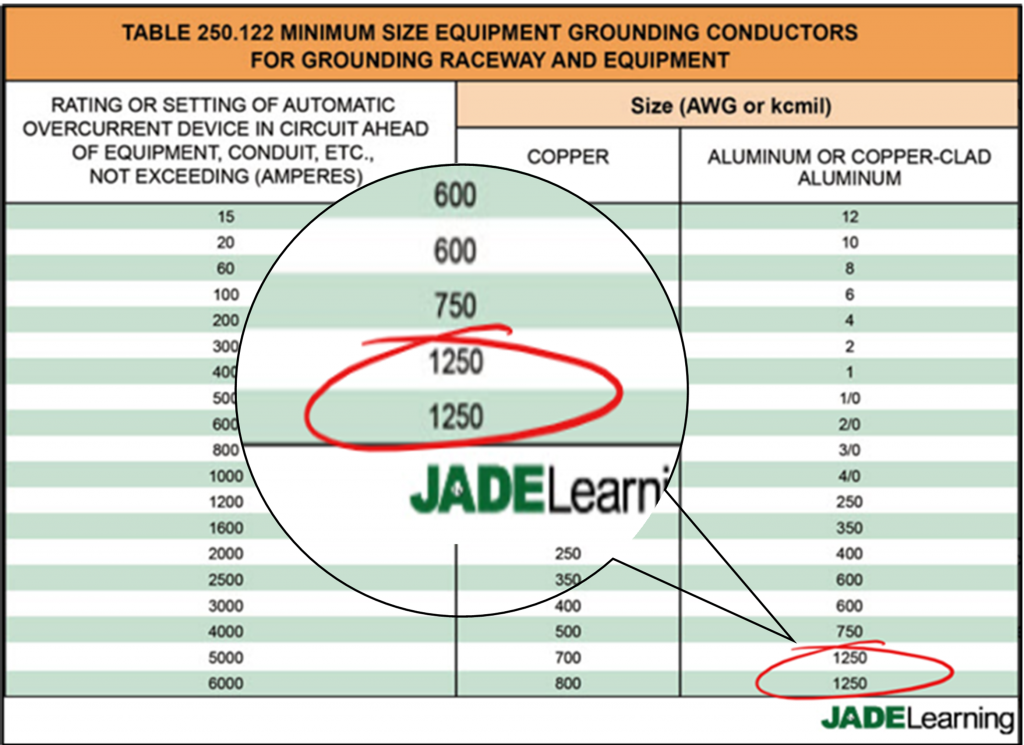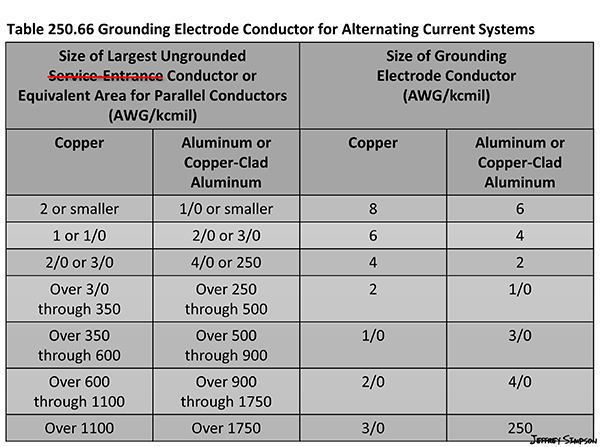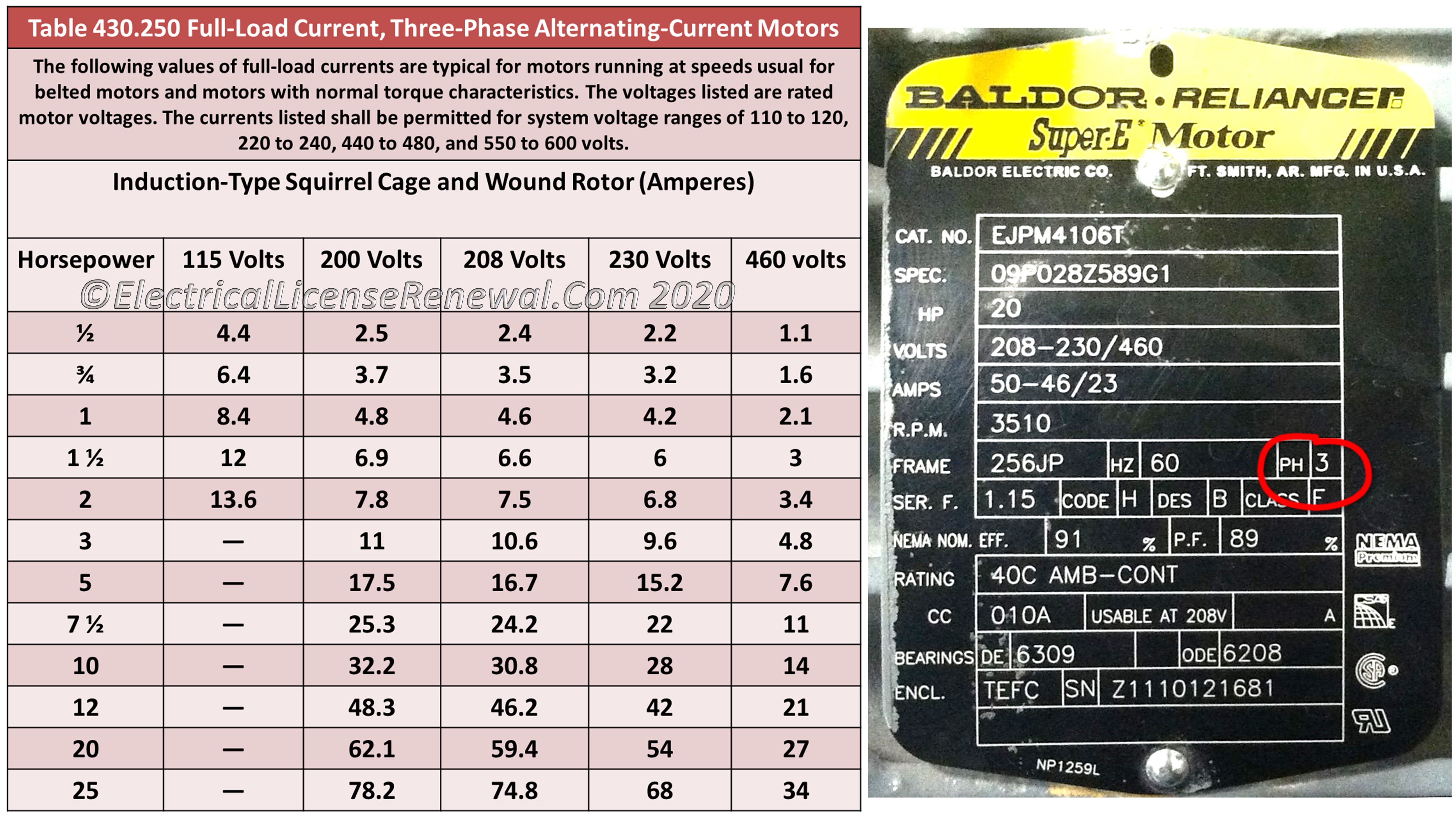250.66 Nec Table
The NEC table 250.66 is an important component in any electrical installation, as it specifies the minimum size for a grounding electrode conductor based on the amperage rating of a given electrical service. This table is crucial in ensuring safety and proper function of electrical systems, making it a must-know for any professional or DIY electrician. In this blog post, we'll dive deeper into what the 250.66 NEC table is, why it matters, and how to use it properly.
Pain Points of 250.66 NEC Table
The biggest pain point related to the 250.66 NEC table is familiarizing oneself with the terminology and calculations involved. The table factors in variables such as the type of electrical service, the size of the service, and the type of grounding electrode used. Additionally, there are often local codes and regulations that must be considered, making the process confusing for those who are not well-versed in electrical theory and code regulations. However, by understanding the basics and utilizing available resources, such as the NEC handbook, electricians can ensure that their installations meet or exceed the minimum safety standards required by code.
What is the Target of 250.66 NEC Table?
The primary target of the 250.66 NEC table is to ensure safe electrical installations by setting a standard for grounding electrode conductor size. By providing clear guidelines for properly sizing the grounding electrode conductor, the table helps prevent electrical fires, equipment damage, and other potential hazards associated with improper grounding arrangements. This can save individuals and businesses significant money and time in the long run, as it helps prevent damage to electrical systems and the need for costly repairs.
How to Use the 250.66 NEC Table
The NEC table 250.66 is relatively straightforward to use once the basics are understood. The table is divided into columns based on electrical service size, ranging from 60 amperes to over 1000 amperes. Within these columns, the table specifies a minimum size for grounding electrode conductors based on the type of electrode used, such as a metal water pipe or ground rod. Simply find the column that corresponds with your electrical service size, identify the type of grounding electrode being used, and choose the minimum conductor size listed in the corresponding cell.
Common Misconceptions about 250.66 NEC Table
One common misconception related to the 250.66 NEC table is that it sets a maximum allowable grounding electrode conductor size. However, the table only specifies a minimum size, and larger conductors may be utilized if desired. Additionally, the table only applies to alternating-current systems and does not cover direct-current systems.
Importance of Proper Grounding Electrode Conductor Sizing
Proper grounding electrode conductor sizing is essential for ensuring the safety and efficiency of electrical systems. A conductor that is too small can result in inadequate grounding and an increased risk of electrical hazards, while a conductor that is too large can result in unnecessary expense and difficulty in installation. The 250.66 NEC table provides clear guidelines for sizing based on specific variables, removing the guesswork and ensuring that installations meet minimum safety standards.
Question and Answer
Q: Does the 250.66 NEC table apply to direct-current systems?
A: No, the 250.66 NEC table only applies to alternating-current systems.
Q: How does the type of grounding electrode used impact conductor sizing?
A: The type of electrode used can impact the minimum conductor size required, as different materials and sizes of electrodes have different resistances to electrical current flow.
Q: Can a larger grounding electrode conductor than specified in the table be used?
A: Yes, larger grounding electrode conductors may be used if desired. The table only specifies a minimum size.
Q: What are the consequences of improper grounding electrode conductor sizing?
A: Improper grounding electrode conductor sizing can result in inadequate grounding, increased risk of electrical hazards, and potential damage to electrical equipment and systems.
Conclusion
Overall, the NEC table 250.66 is a crucial aspect of any electrical installation, providing clear guidelines for proper grounding electrode conductor sizing. By understanding the basics of the table and utilizing resources such as the NEC handbook, electricians can ensure that their installations meet or exceed minimum safety standards. Proper grounding electrode conductor sizing is essential for preventing electrical hazards and damage to equipment, making the 250.66 NEC table an important tool in any electrician's toolbox.
Gallery
10+ Table 250.66 - ForbesIsobelle

Photo Credit by: bing.com /
HaigenMariusz

Photo Credit by: bing.com /
What Is The Largest Grounding Electrode Conductor Required For A

Photo Credit by: bing.com /
430.6 Ampacity And Motor Rating Determination.

Photo Credit by: bing.com / nec circuits electrical
Table 250.66 Grounding Electrode Conductor For Alternating-Current Systems.

Photo Credit by: bing.com /
0 Response to "250.66 Nec Table"
Posting Komentar